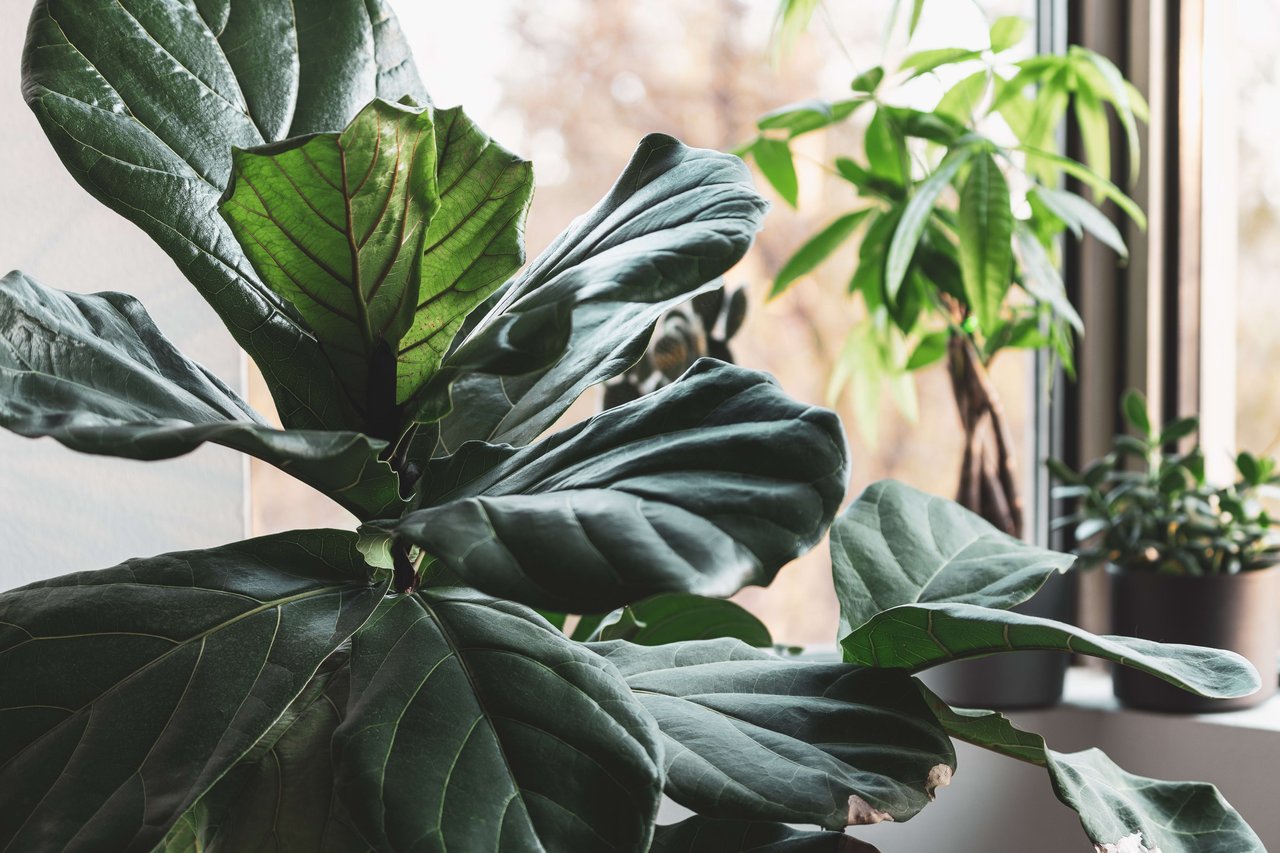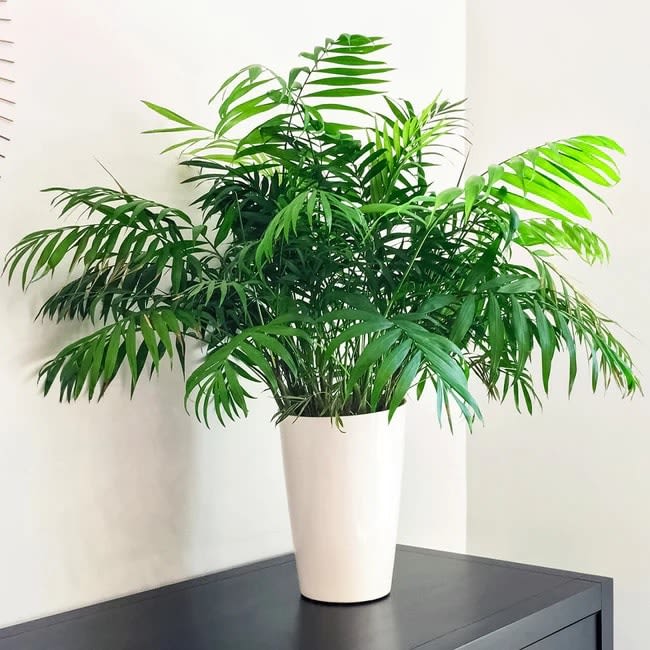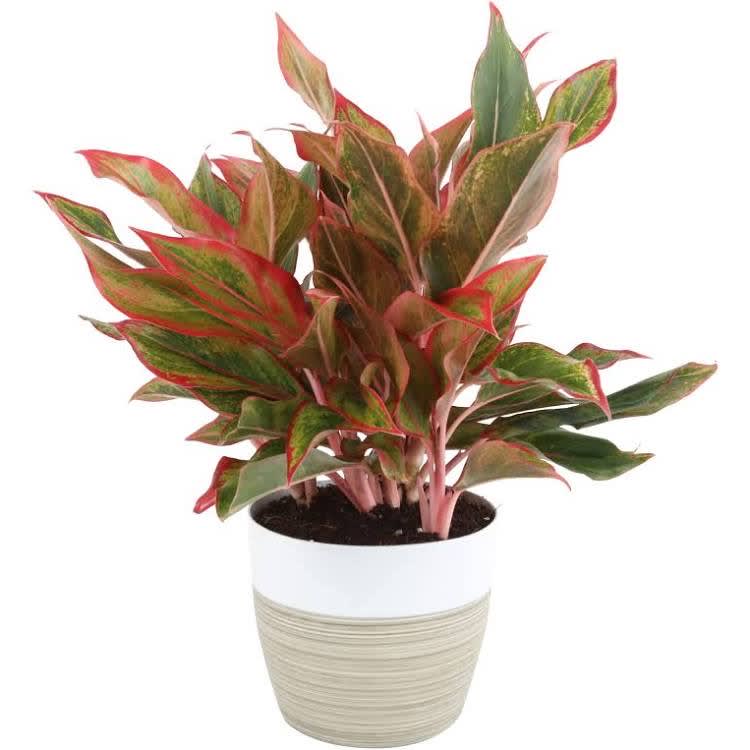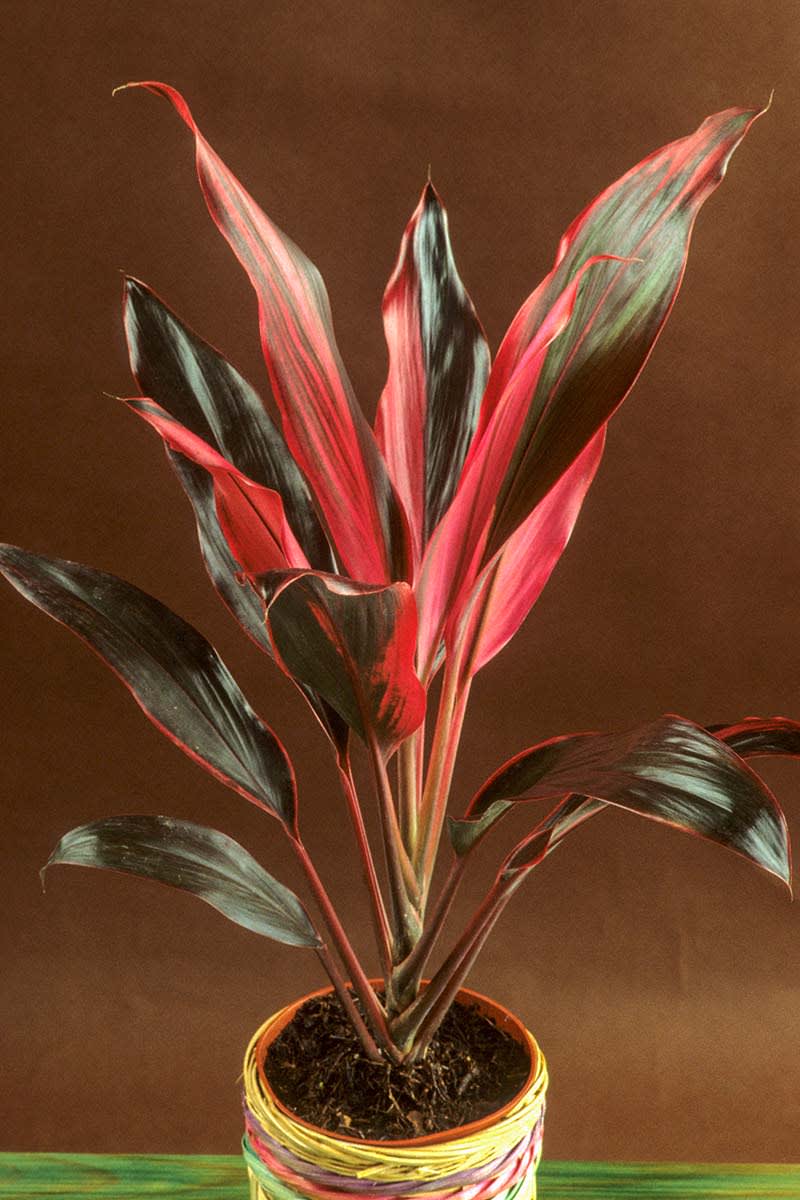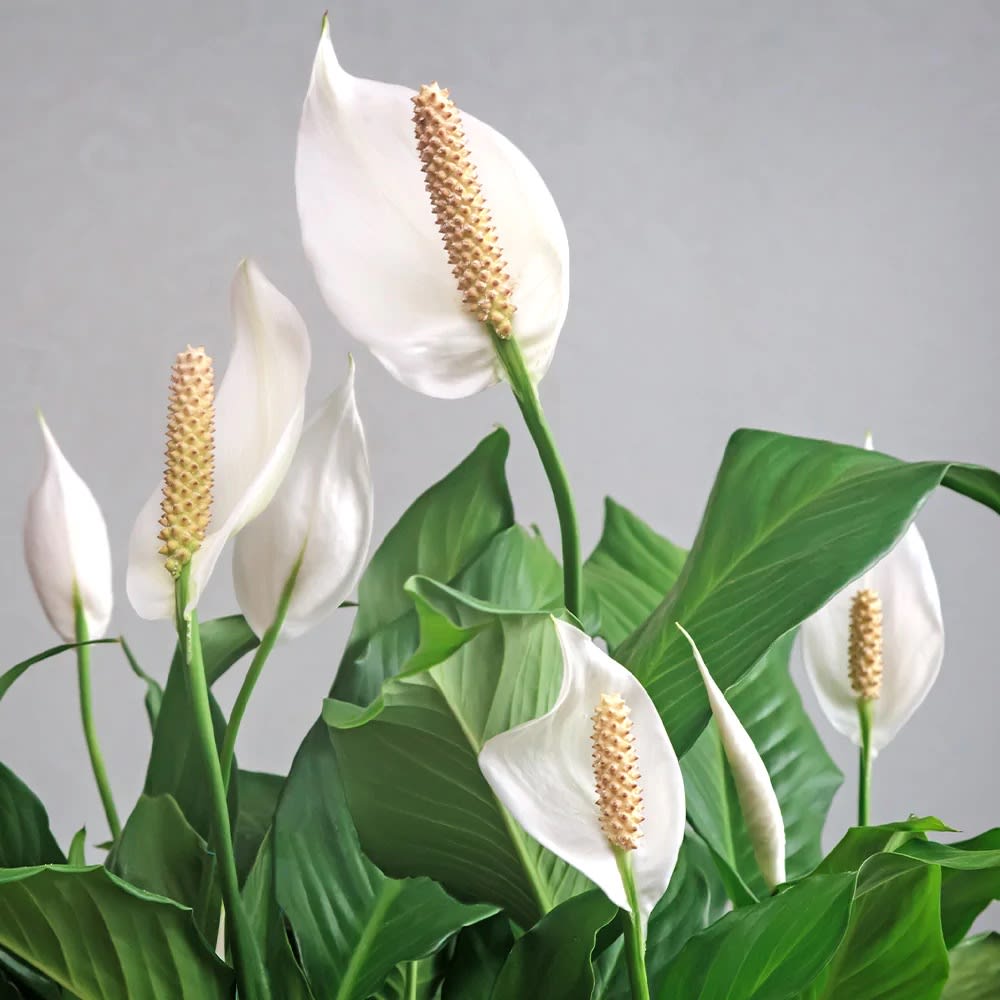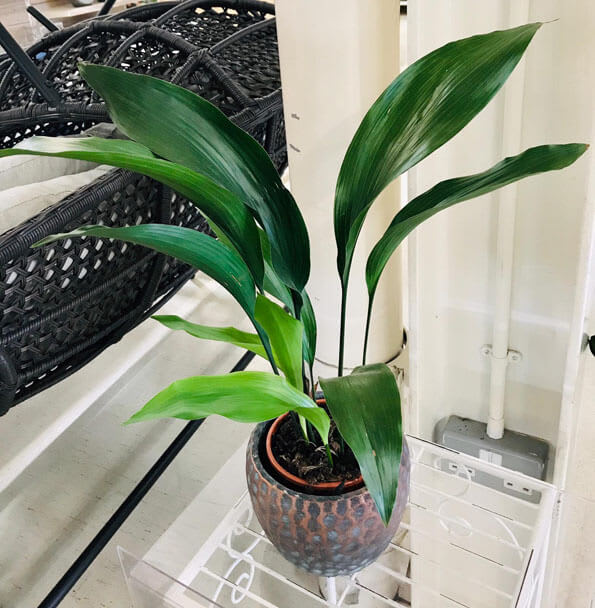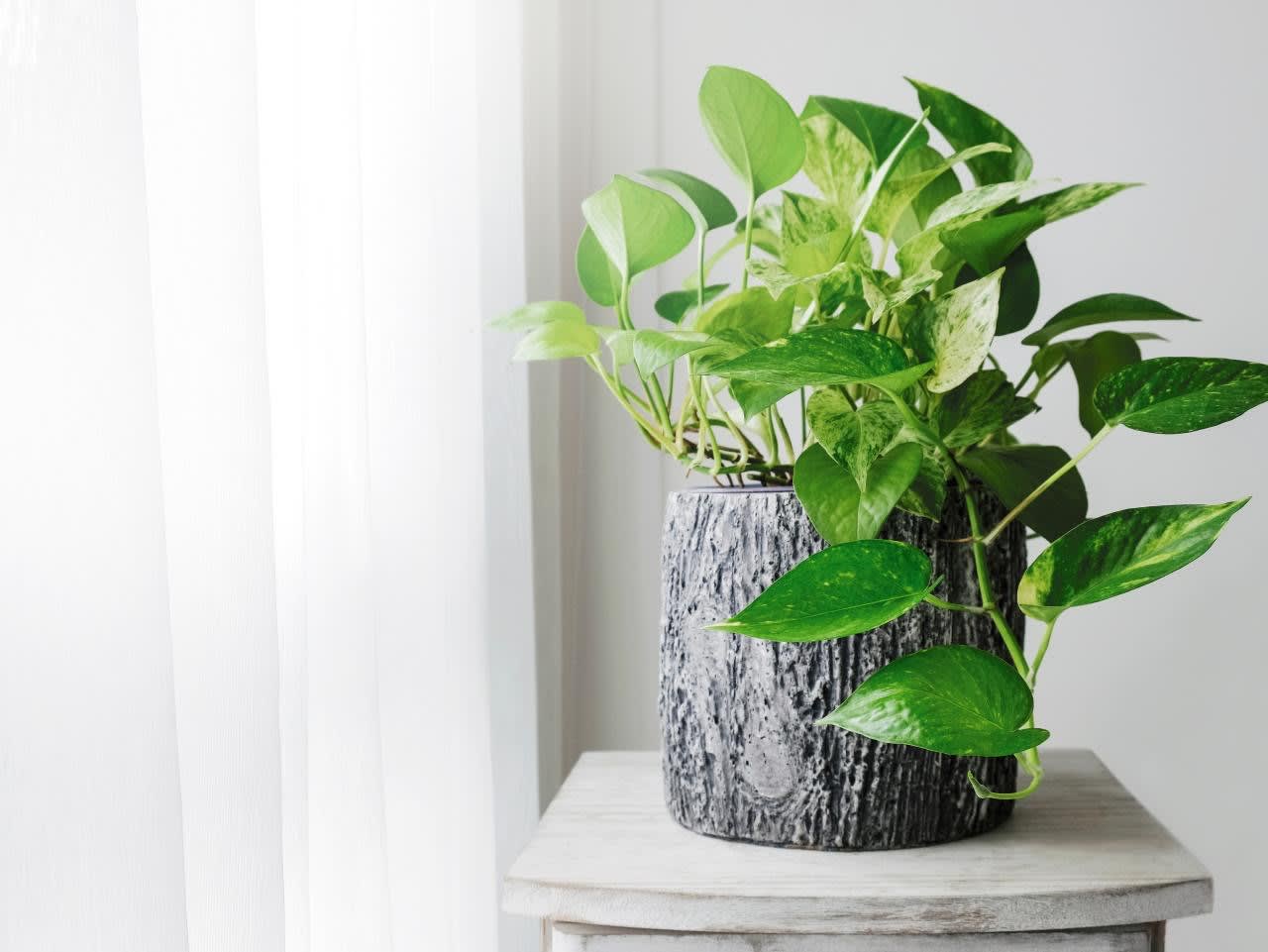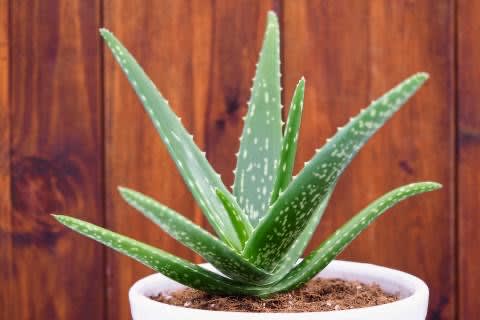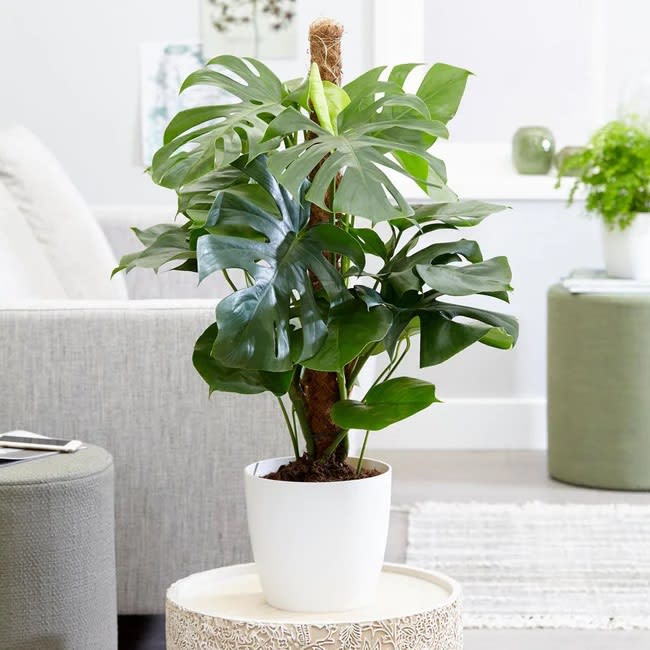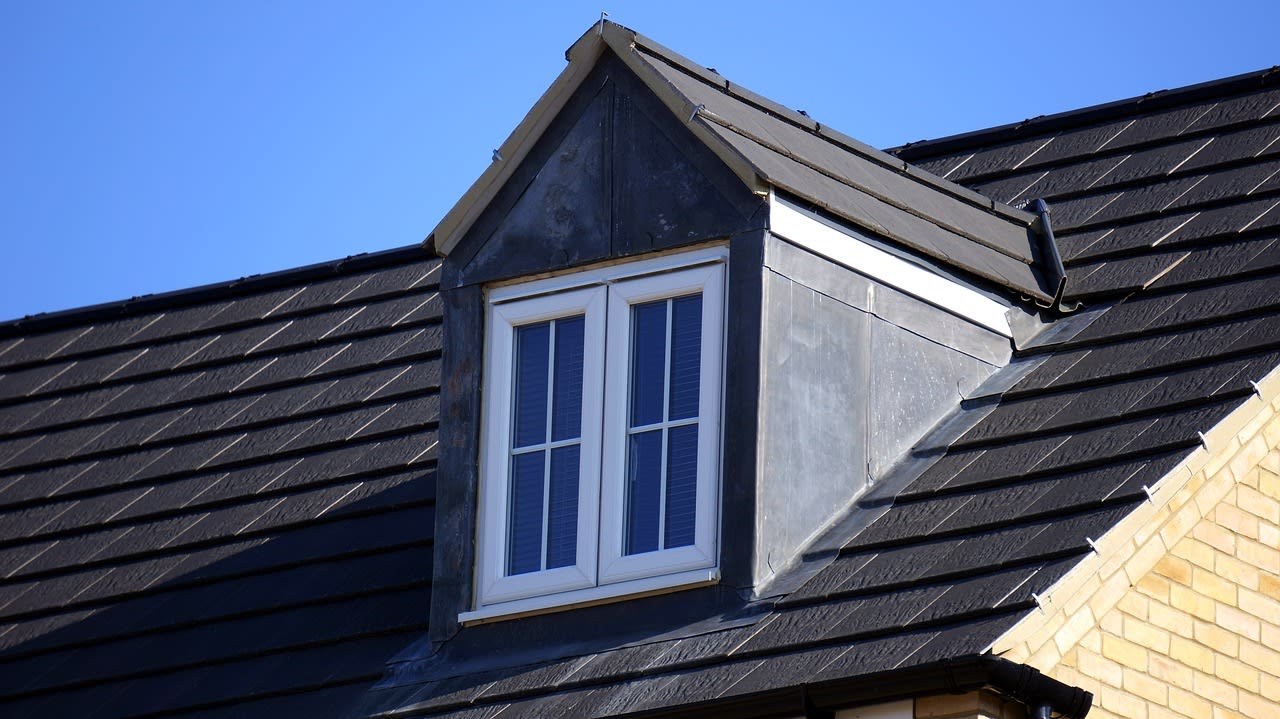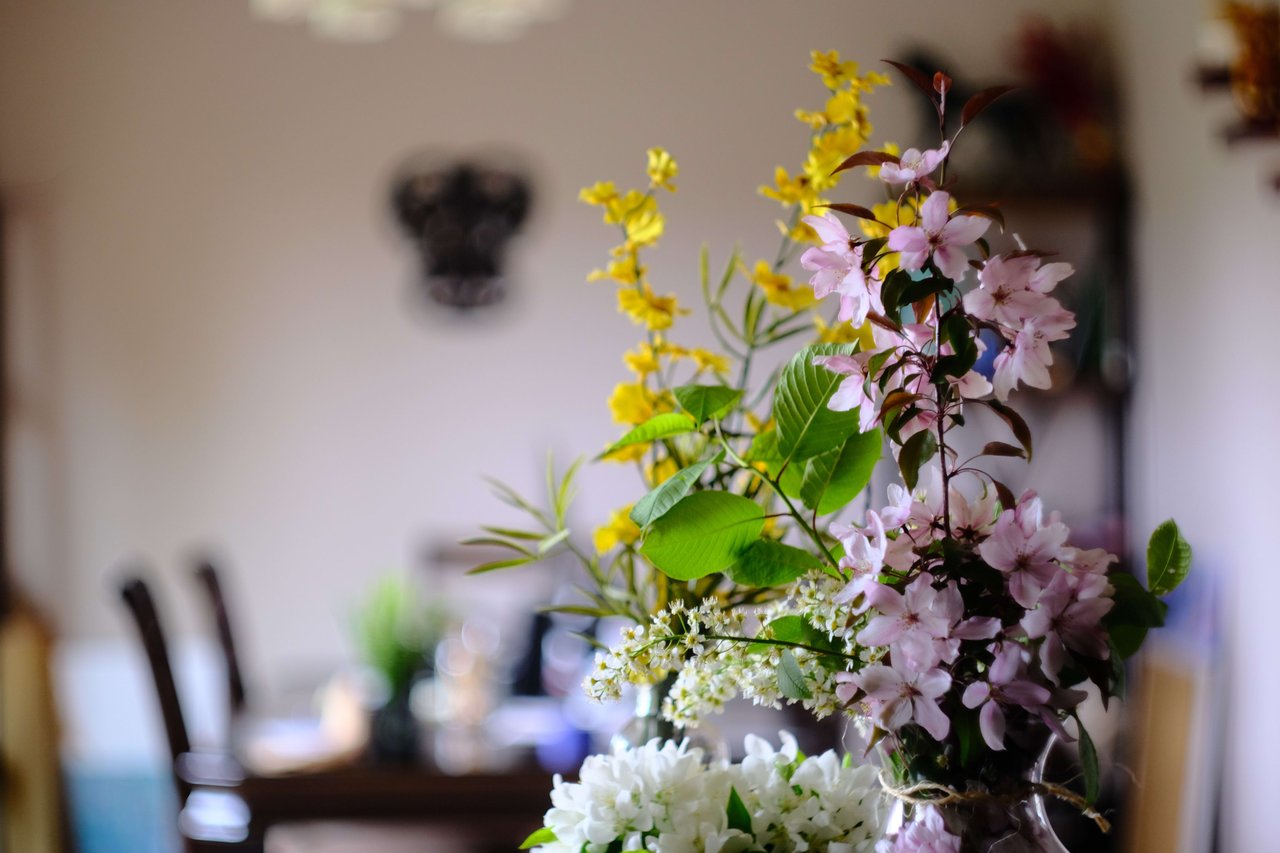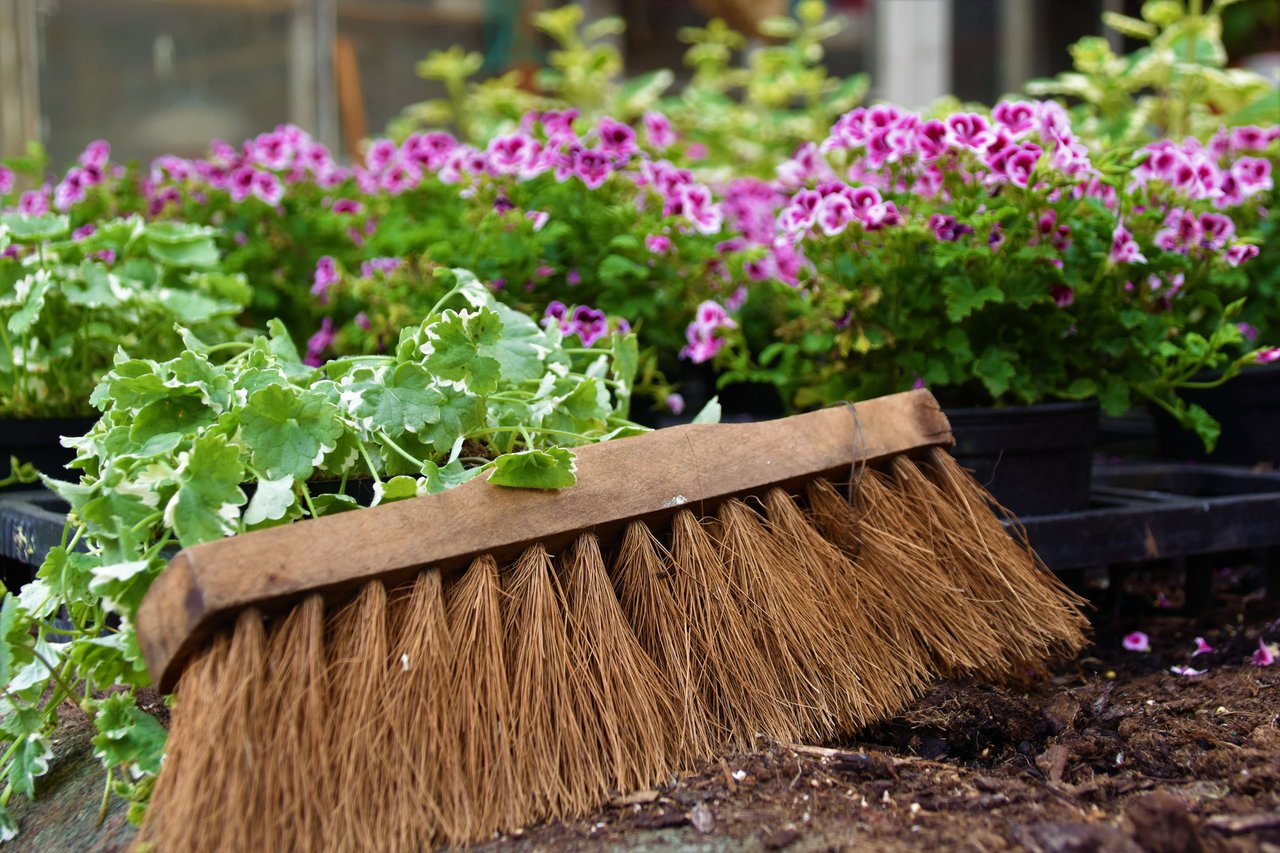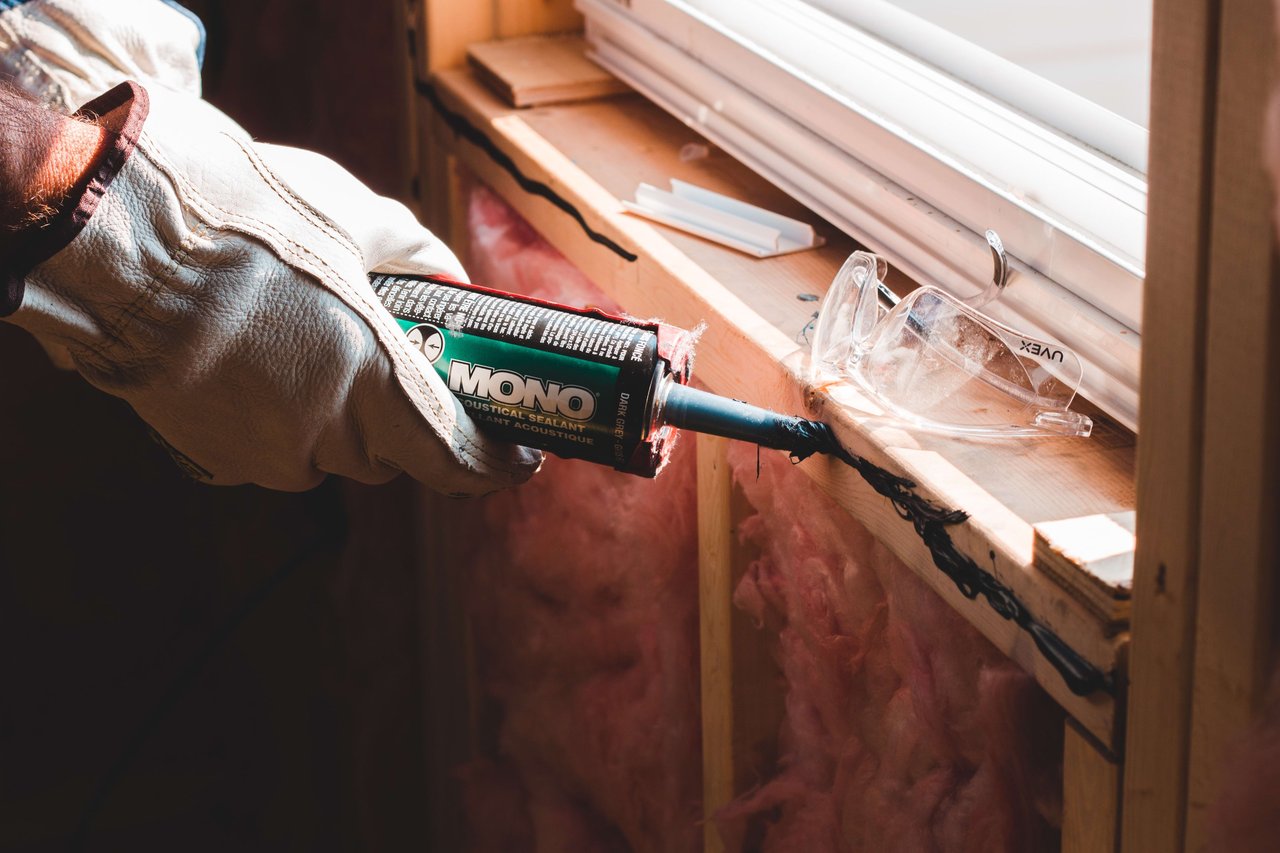Houseplants have been hyped for decades for their ability to purify the air. But is it really true?
A 1989 study by NASA found that common houseplants can improve air quality by removing volatile organic compounds (VOCs), such as benzene and formaldehyde, from a sealed chamber. However, an EPA review noted that because the sample size was severely limited, the results don't translate well to the real world.
There is definitely some truth to the theory because vast research has found that indoor and outdoor plants boost mental wellness, may improve sleep, reduce blood pressure, and help alleviate the feeling of isolation. The color, shape, and smell of plants create a peaceful environment.
While wondering if air quality is improved, it’s nice to know that quality of life is surely enhanced. Plants make their owners feel happier and their homes feel more cozy and welcoming.
Back to that NASA study, the following are some easy-care favorites that were cited as air-purifying plants.
Parlor Palm
Known since Victorian times for its easygoing personality, the Parlor Palm busts the myth that all palms are fussy. Its graceful, feathery fronds are a very pretty signature, and it tolerates low light levels well. It likes to stay lightly moist.
Aglaomena
There are many different types of Aglaomena and it adds a vibrant splash of color to any room. It’s known to be super-tough plant and will tolerate less-than-ideal conditions. It does best in low to moderate light. Keep it lightly moist.
Dracaena
Many different kinds of dracaena are available, with long, strappy leaves and pretty markings, but they all have strong upright forms. They prefer moderate light. Let dry out slightly between waterings.
Peace lily
Affectionately known for its nearly-indestructible nature, Peace Lily has shiny green leaves and white spoon-shaped flowers with a light scent. It tolerates low light but will bloom better in bright light. Keep it lightly moist, not sopping.
Cast Iron Plant
For those who have perpetual bad luck with plants, the aptly named cast iron plant may help them find a green thumb after all. Its long, dark-green strappy leaves tolerate almost any light level, including low light. Let it dry out slightly between waterings.
Pothos
If you only own one plant, make it a hard-to-kill pothos. Give this vining beauty bright indirect light, and let it dry out between waterings. It will tolerate low light levels but won’t grow as quickly.
Money Tree
The money tree has a unique form and shiny green leaves; several trunks often are braided together for visual interest. Give it bright light, and let it dry out a bit between waterings.
Aloe Vera
This succulent contains a gel-like substance that has anti-inflammatory properties which speed healing of skin tissues; break off a leaf and rub the substance onto minor kitchen burns. Aloe vera likes bright light, and it needs to dry out between waterings.
ZZ Plant
This sturdy plant is ideal if you occasionally forget to water; it seems to thrive on neglect! ZZ plants tolerate all light levels. Water when the soil dries slightly. A new Raven variety is especially striking with almost-black foliage.
Monstera
One of the darlings of social media the past few years, Monstera is also known as Swiss cheese plant, and has a striking presence. Give it bright, indirect light for best growth, though it will tolerate low light levels. Let soil dry out slightly between waterings.
Lead Photo by Scott Webb on Unsplash
